The timing belt of a car is a mechanical part that plays a vital role in the operation of the engine. When this part is worn out, it should be changed to prevent considerable damage to the engine. It is therefore recommended to purchase a timing kit for the replacement of this crucial part.
What exactly is this kit used for? It is what this post is all about.
What Is a Distribution Kit, and What Does It Do?
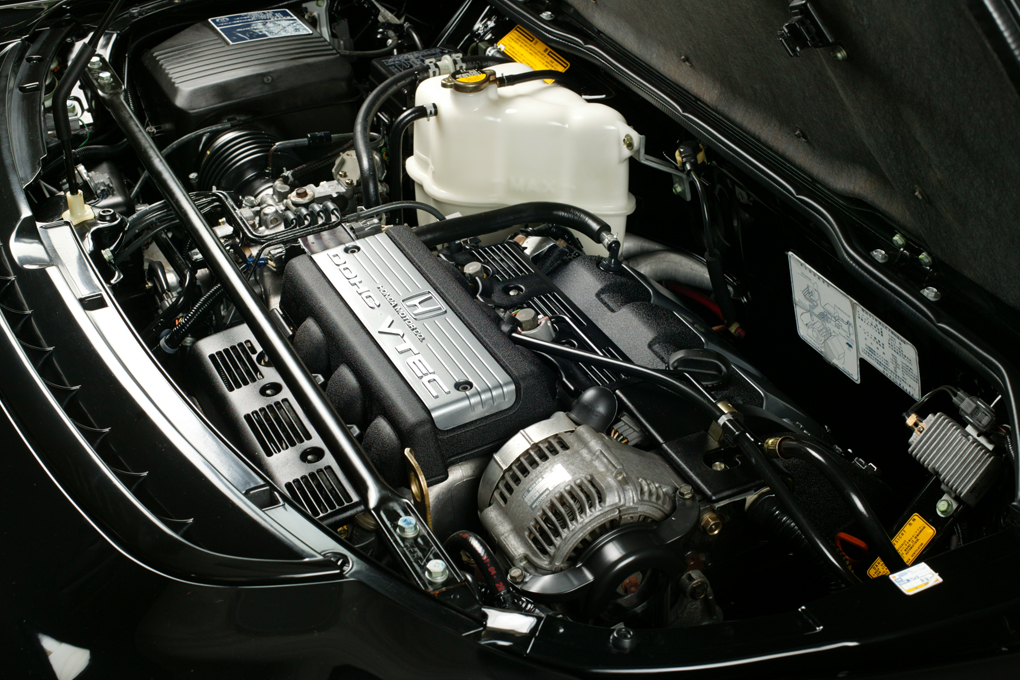
The distribution kit is a set of mechanical parts that allow the synchronization of pistons and valves during the different phases of engine operation.
The Distribution Kit Includes:
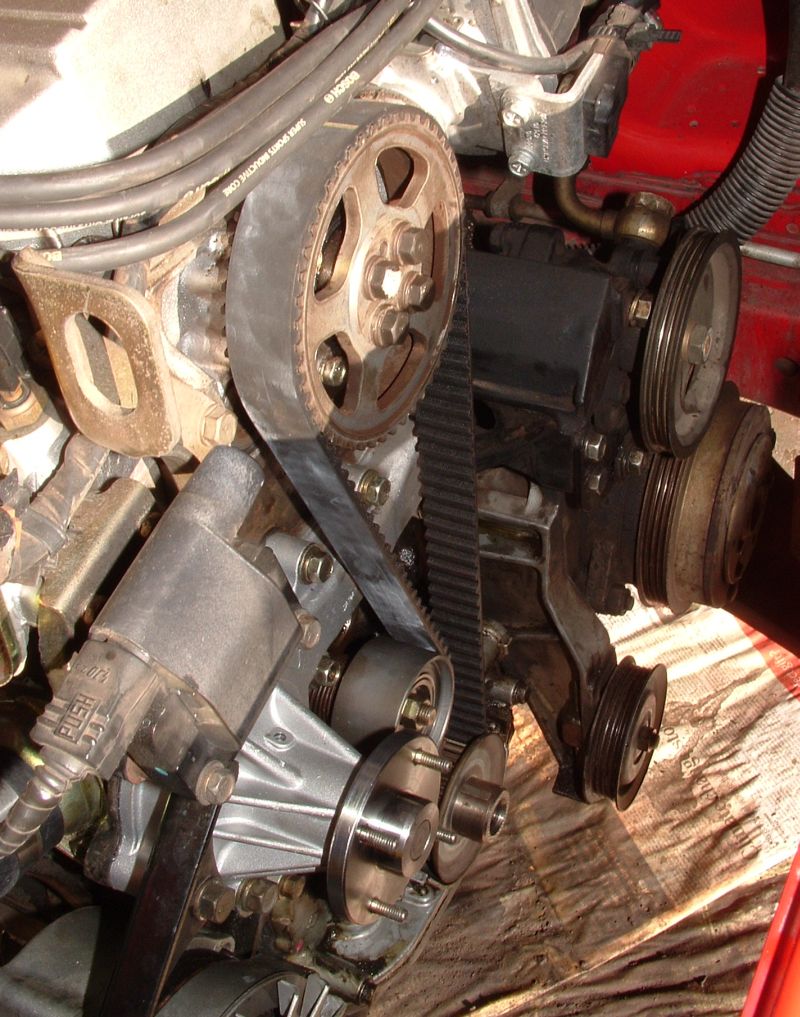
– A timing belt made of a flexible material
It is used to transmit engine motion and connects the engine pulley to the pulleys of other components (water pump, power steering pump, alternator, air conditioning compressor). It is of the trapezoidal or ribbed trapezoidal type.
The Usefulness of the Timing Belt
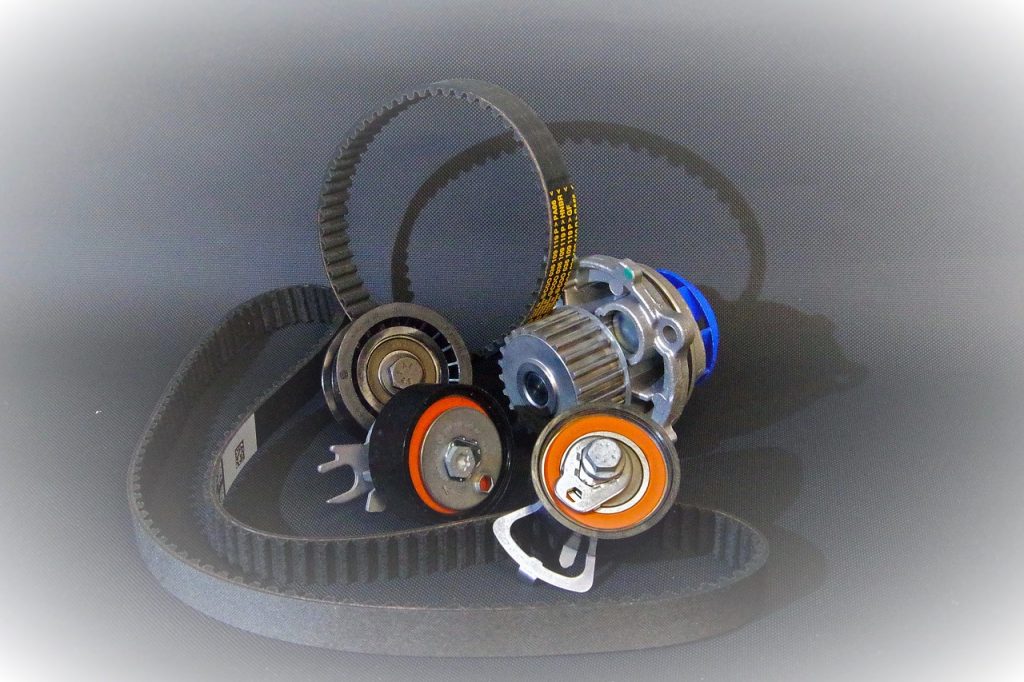
The timing belt must be changed to avoid the destruction of the engine, especially in the case of diesel or multi-valve engines:
– Indeed, it intervenes in the movement of the valves and pistons during the combustion cycle and drives the water pump.
– Finally, it allows the engine movements to be synchronized.
It is notched and tensioned by the tensioning roller, which preserves its alignment.
– Tensioning rollers
These parts are intended to guide and orient the timing belt. There are two models of idlers, namely :
– manual idlers: the belt tension is adjusted by hand,
– automatic rollers: belt adjustment is carried out automatically.
Good to know: the cooling pump is included in the timing kit depending on the vehicle model.
When Should the Timing Belt Be Changed?
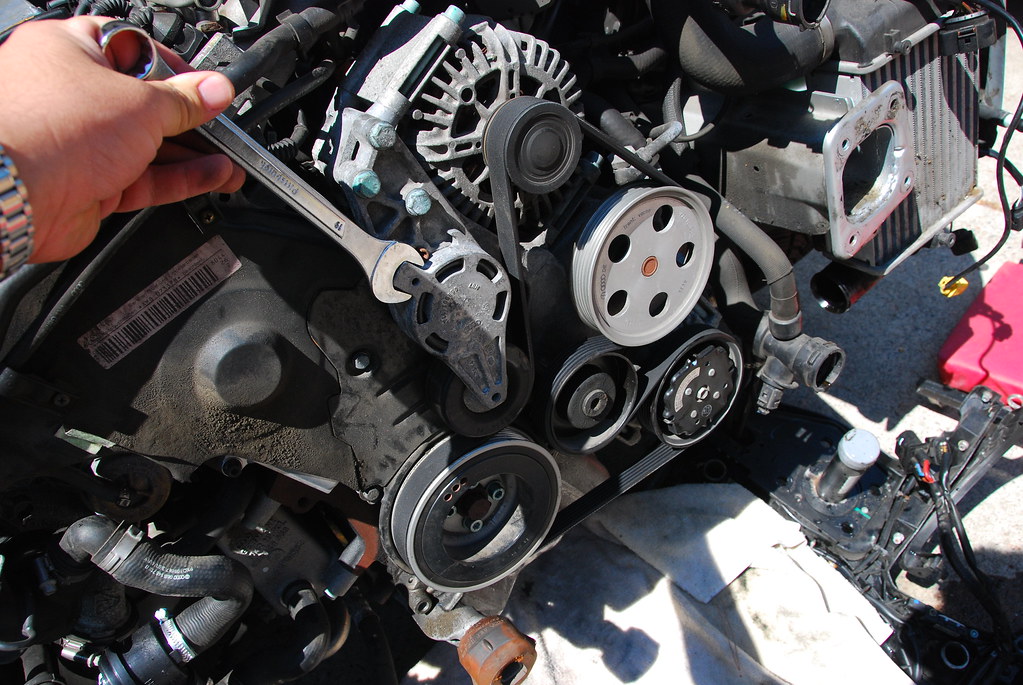
Depending on the model of the vehicle you own, the service life of the timing belt is variable. It can be 3 years or 60,000 km for some cars, 10 years or 240,000 km for others.
In all cases, it is essential to replace the timing belt:
– When a leak of coolant, diesel, or oil is found because it could damage the belt.
– When an intervention involving the replacement of certain mechanical parts such as the cylinder head gasket or the water pump is carried out. In this case, the belt will slacken and become unusable.
– When the timing belt shows signs of wear such as cracks, tears, or any roughness.
Good to know: If the timing belt is not replaced on time, it may break and damage the engine components.
Timing Belt: What Change Should Be Made?
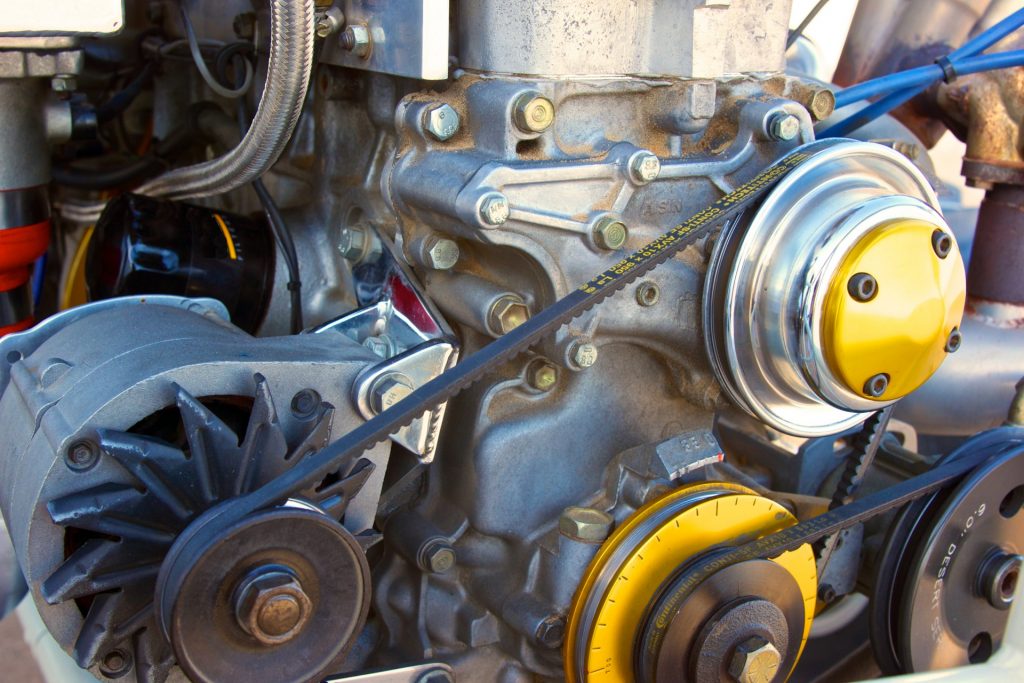
It is recommended to change the complete “timing kit” (belt + tensioner) as soon as the end of the belt’s life is known.
The water pump can also be replaced at the same time, as it may not reach the end of the second belt’s life.
However, not all engines are equipped with timing belts: some have timing chains (which often last as long as your engine) or sprocket cascades. These need to be lubricated very often.
What Are the Causes of a Timing Kit Failure?
The main causes that lead to the failure of the timing parts are:
– poor engine maintenance;
– a fluid leak;
– a mechanical component in poor condition;
– significantly exceeding the mileage limit that the belt is capable of withstanding and which is recommended by the manufacturer;
– a manufacturing defect in the engine block (rare).
Good to know: at each overhaul of the vehicle, it is essential to have the condition of the timing belt and the various elements relating to it checked.
How to Get Timing Belt Quotes
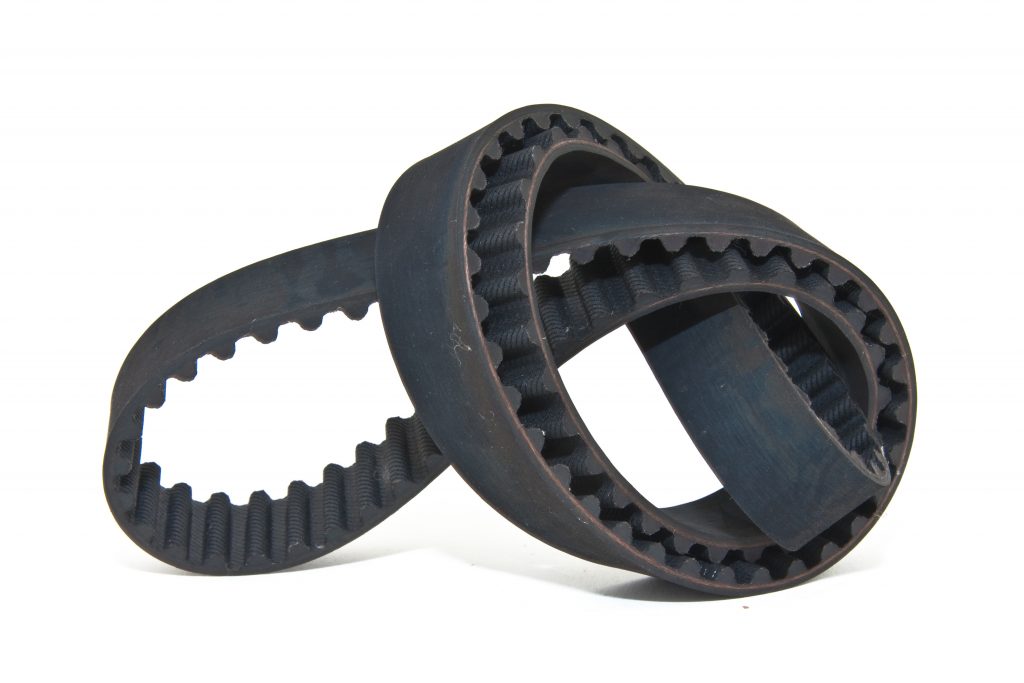
It is challenging to know the price of a timing belt change, especially since it varies from one vehicle to another, but also from one garage to another.
The best way is, therefore, to ask for several quotes so that you can compare them. It is advisable to ask for at least 3 quotes to have a good point of comparison.
You can get your quotes in several ways. The first thing to do is to contact your usual garage. You can then contact nearby garages.
As a rule, small garages offer lower prices than larger dealerships.
If you don’t have time to travel, it is also possible to get quotes online.
In all cases, remember to indicate the make, model, and year your vehicle was put on the road, as well as its mileage.
When you have obtained several estimates for your timing belt change, study them carefully in terms of rates, services, parts offered, but also the warranty (usually 1 year). If you do not understand specific points of the estimate, do not hesitate to ask the garage for explanations.
Finally, remember that an estimate well below the others can mean a change of the timing belt alone and not of the kit and with inferior quality parts. Be careful!

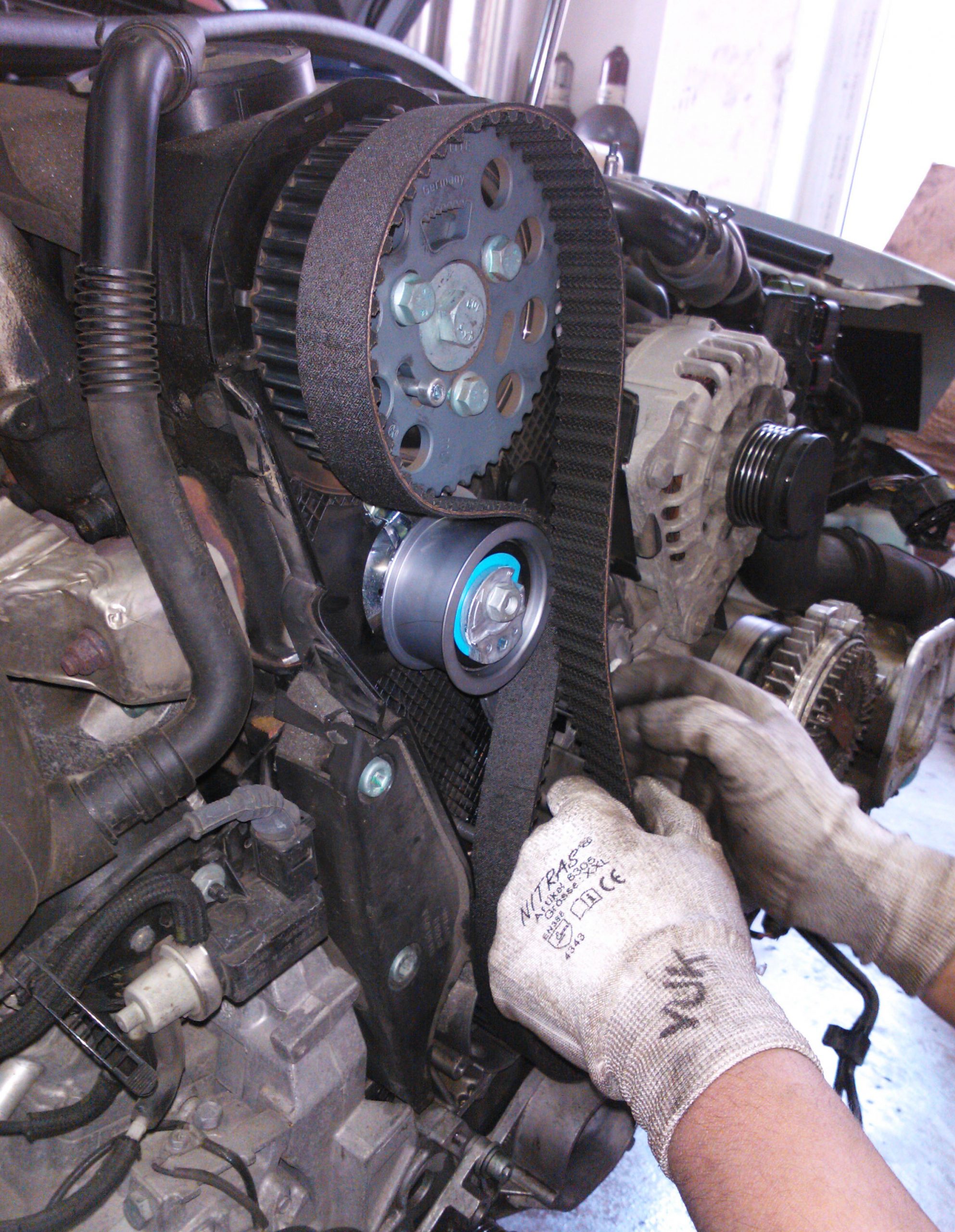
5 comments
[…] When Should You Replace the Timing Belt of Your Vehicle […]
[…] A timing belt that needs to be changed costs at least $500. The part is expensive, of course, but the operation is still inexpensive […]
[…] When Should You Replace the Timing Belt of Your Vehicle […]
[…] – Do you need to change your timing belt? […]
[…] – When Should You Replace the Timing Belt of Your Vehicle […]